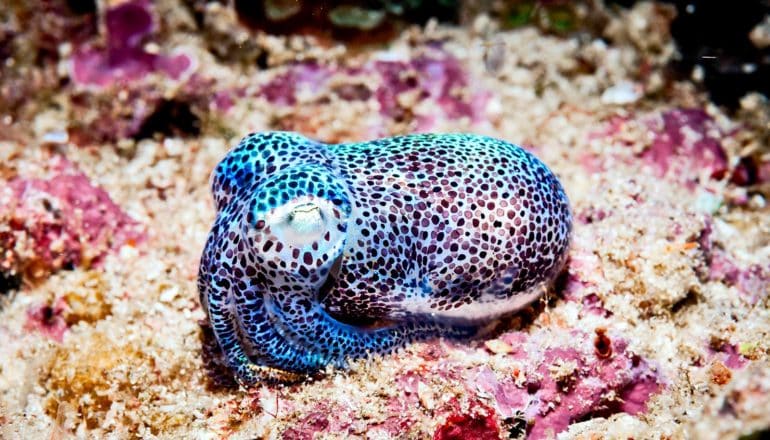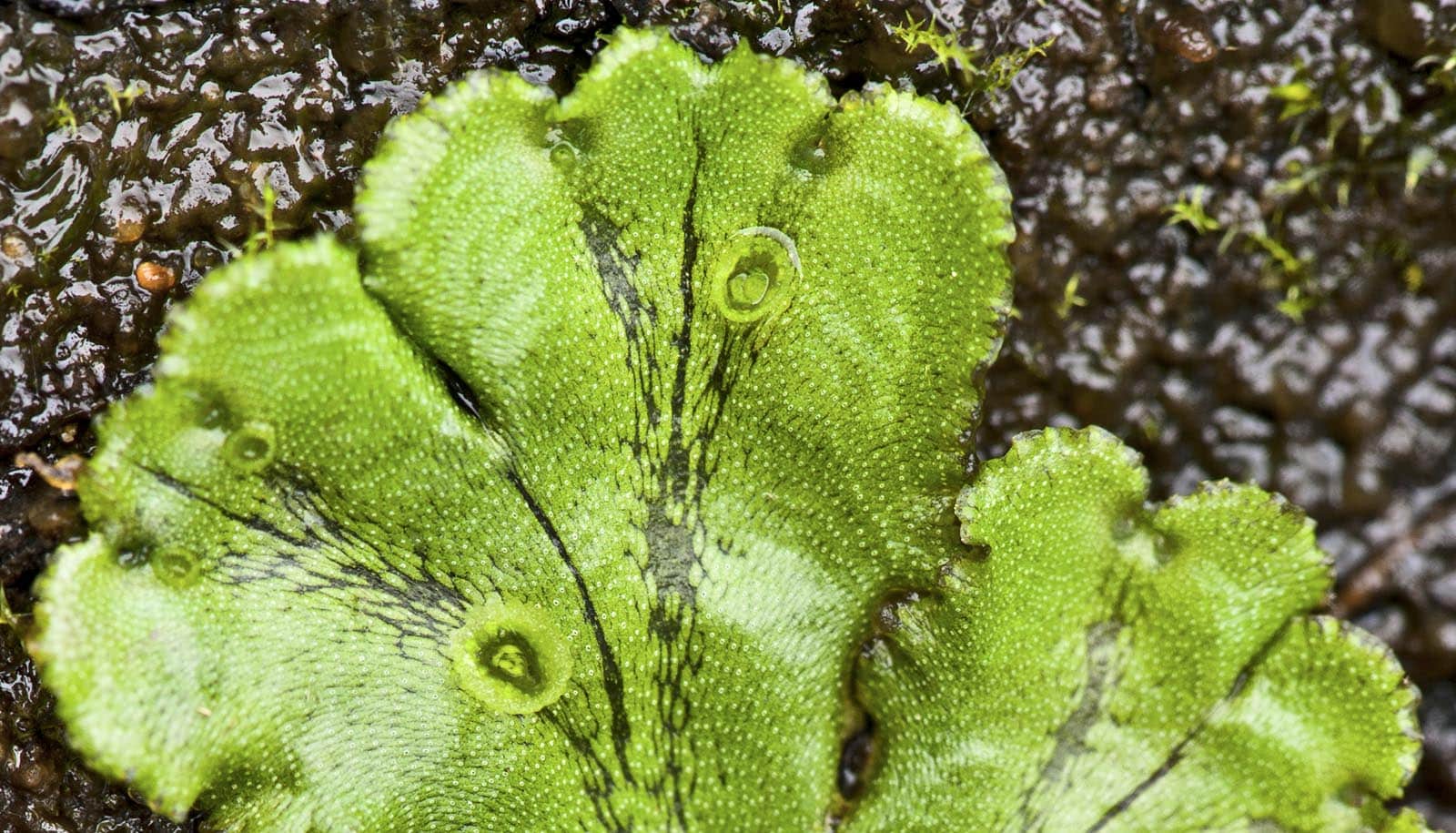
(Credit: Getty Images )
Squid shed light on how bacteria-filled organs evolved
There may have been many evolutionary paths in the development of organs that host useful bacteria.

By examining symbiotic organs in cephalopods (octopuses and their kin), researchers have discovered that there may be many evolutionary paths towards the current forms of organs that host symbiotic microbes.
Many animals have specialized symbiotic organs. In humans, the appendix may even be one example, serving to safeguard beneficial bacteria when the gastrointestinal tract is out of balance.
For this study, the researchers used the Hawaiian bobtail squid as a model, and sequenced its entire genome. They looked at the genes expressed in two of the squid’s organs that evolved to harbor symbiotic bacteria: the photophore, a light producing organ, and the accessory nidamental gland (ANG), part of the female squid’s reproductive system.
“One question we had is whether organs that interact with symbionts evolve similarly or differently from each other,” says study coauthor Todd Oakley, a professor in the ecology, evolution, and marine biology department at the University of California, Santa Barbara. “In this case, they’re quite different.”
Symbiosis
The team looked at the genes expressed in several of the squid’s organs, including its brain, eyes, gills, and skin, in addition to the two symbiotic organs.
“The whole genome is present in every cell, but only a subset of those genes is used in any given cell,” Oakley explains. Scientists call these sequences of expressed genes a transcriptome. It’s a portion of the organism’s entire genome and differs between cells in various types of tissue. They compared the transcriptomes across organs and between the bobtail squid and several of its relatives.
The researchers discovered that the photophore expressed genes involved in sensing and in reflecting light—genes also expressed in the animal’s eyes.
“Now we know that this light-producing organ also senses light and develops a lot like an eye,” Oakley says. “It has a lens, a reflector at the back, and senses light with the same genes that are used in the eye.”
Not all photophores sense light, but the bobtail squid’s does. This could enable the squid to sense when it is glowing even though its photophore is outside of its field of view.
Oakley is already investigating other evolutionary aspects of bioluminescence. He is currently looking at how differences in the biochemistry behind light production affects the behaviors of animals that use it for courtship. The differences may even be driving species to split.
Genetic origins
Another question the scientists wrestled with in this study involves the origin of the genes in these symbiotic organs. While genes expressed in the photophore correlated with many involved in the development of the eye, the ANG had many unique genes. What’s more, the genes expressed in the ANG may have evolved so quickly that they’ve partially erased their own evolutionary history, Oakley says.
This rapid evolution often happens when there’s some sort of arms race, and since the ANG houses bacteria that protect the egg, there was likely evolutionary interplay between the squid and pathogens seeking to infect its eggs.
Differences between the transcriptomes of the photophore and the ANG suggest a diversity of evolutionary pathways leading to symbiotic organs.
“These are both important organs to the survival of these animals, and yet they evolved in dramatically different ways,” says Oakley, “so there could be many different ways that evolution has molded organs involved in symbiosis.”
As scientists learn more about the relationships between animals and microbes, they have begun to understand how large an impact these symbioses can have.
“Animals, including humans, interact with bacteria and microbes very intimately,” says Oakley, “and those interactions have strongly influenced the evolution, physiology, and function of the animals themselves.”
Their findings appear in the Proceedings of the National Academy of Sciences.
Source: UC Santa Barbara
The post Squid shed light on how bacteria-filled organs evolved appeared first on Futurity.
Share this article:
This article uses material from the Futurity article, and is licenced under a CC BY-SA 4.0 International License. Images, videos and audio are available under their respective licenses.


